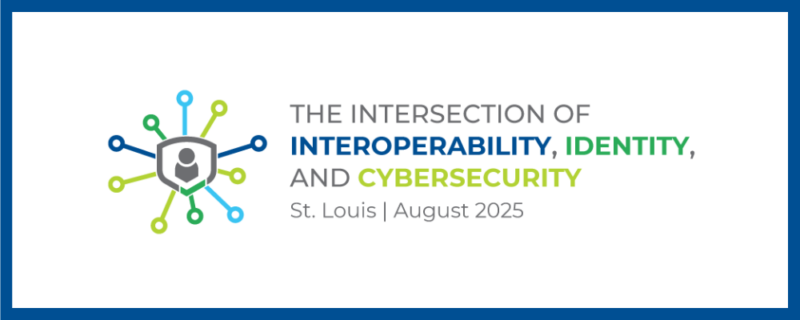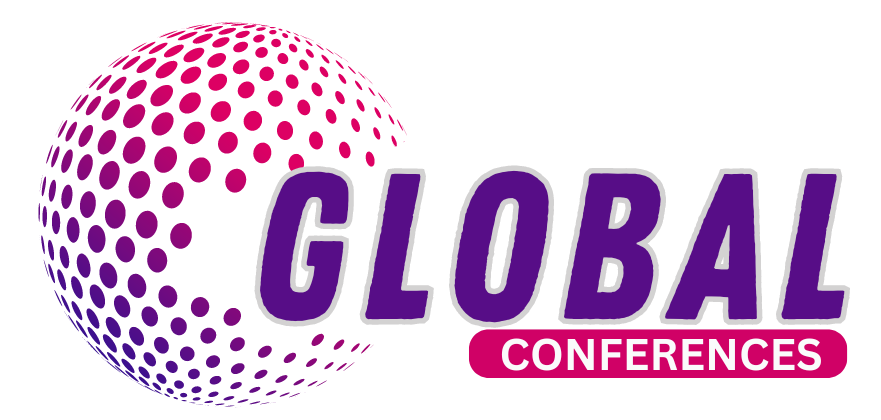In pilot testing a new way to compile healthcare information electronically, researchers at the Regenstrief Center for Biomedical Informatics are using HL7’s FHIR.
FHIR, or Fast Healthcare Interoperability Resources, merges data from individual electronic health records with those stored in the Indiana Network for Patient Care, the framework for the state’s health information exchange.
Titus Schleyer, a Regenstrief Institute investigator, and Clem McDonald, professor of biomedical informatics at Indiana University School of Medicine, are leading the project.
“What we are working on is a first and could have a huge impact on patients whose health information is distributed across multiple electronic systems – probably the vast majority of the people in the United States,” Schleyer said in a statement announcing the work that is underway.
He said employing FHIR makes it possible to combine information about a specific patient stored in systems developed by different vendors – Epic and Cerner, for example – and installed at different healthcare institutions. It means clinicians would have complete information about their patients.
[Also: What will EHRs look like in 2020?]
“For example, imagine that you as a patient can use an ‘app’ on your smart phone to reconcile the multiple lists of medications maintained by several care providers into one authoritative, current list. And then, you can bring that list to your colonoscopy screening appointment for review by your physician prior to the procedure. That is huge, which is why the federal government is also focusing attention on helping patients do that,” said Schleyer.
“FHIR helps us create a secure, complete, accessible, and useful set of health information needed by clinicians and patients.”
John Halamka, MD, chief information officer of Beth Israel Deaconess Medical Center, chairman of the New England Healthcare Exchange Network and professor of medicine at Harvard Medical School, is bullish on the possibilities of Regenstriefs’s FHIR project.
“FHIR enables an ecosystem of innovative apps, much like the iPhone and Android platforms did,” he said in a statement. “The difference is that FHIR is truly cross-platform. It doesn’t care what EHR or system is underneath it.”
Regenstrief is known for having developed and advanced one of the nation’s first electronic medical record systems, one of the country’s first computerized provider order entry systems, and a health information exchange which has made Indiana the most health-wired state in the country.


























